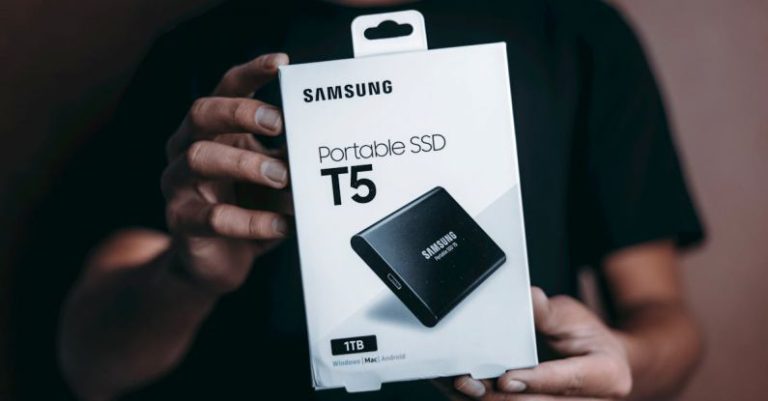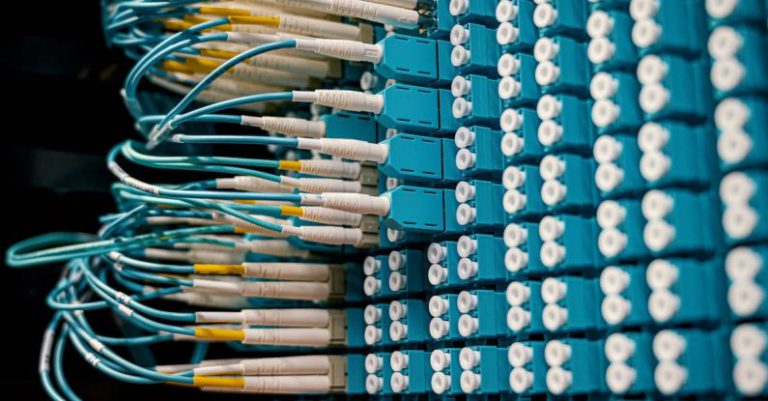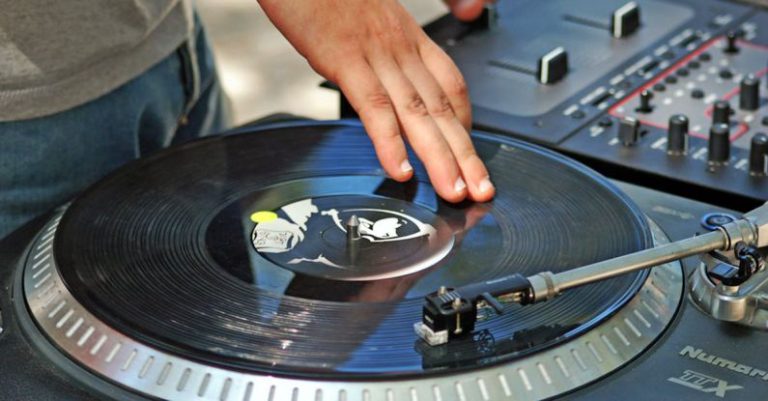What to Do If Your Pc Doesn’t Boot on the First Try
Having your PC fail to boot up on the first try can be frustrating and worrisome, especially if you rely on your computer for work or other important tasks. When faced with this issue, it’s essential to remain calm and methodical in troubleshooting the problem. In this article, we will discuss some common reasons why a PC may not boot on the first try and provide practical solutions to help you get your computer up and running smoothly.
**Power Supply Issues**
One of the most common reasons why a PC may not boot up on the first try is related to power supply issues. If your computer is not receiving adequate power, it will fail to start properly. To address this problem, ensure that all power cables are securely connected to both the power outlet and the computer. Check for any signs of damage or fraying on the cables and replace them if necessary. Additionally, try plugging your computer into a different power outlet to rule out any issues with the current one.
**Hardware Malfunctions**
Hardware malfunctions can also prevent a PC from booting up successfully on the first try. Faulty components such as the RAM, hard drive, or graphics card can disrupt the boot process. If you suspect a hardware issue, try reseating the components by unplugging and then reconnecting them securely. It may also be helpful to run diagnostic tests on your hardware to identify any potential malfunctions that need to be addressed.
**BIOS Settings**
Incorrect BIOS settings can cause your PC to fail to boot up correctly. If you have recently made changes to your BIOS settings and are experiencing boot issues, try resetting the BIOS to its default settings. This can often resolve any compatibility issues that may be preventing your computer from starting up properly. Refer to your motherboard manual for instructions on how to reset the BIOS settings if you are unsure of the process.
**Software Errors**
Software errors, such as corrupt operating system files or incompatible drivers, can also lead to boot failure on the first try. To address this issue, try booting your computer in safe mode to isolate any problematic software that may be causing the problem. Safe mode loads only essential drivers and services, allowing you to troubleshoot software-related issues without interference from other programs. Once in safe mode, you can uninstall any recently installed software or updates that may be causing the boot problem.
**Startup Repair**
If your PC continues to fail to boot up on the first try despite trying the aforementioned solutions, you may need to use the Startup Repair tool provided by Windows. This tool can automatically diagnose and fix common boot problems, such as corrupted system files or missing boot configurations. To access Startup Repair, insert your Windows installation disc or USB drive and boot from it. Follow the on-screen instructions to run the repair tool and allow it to fix any issues that it detects.
**Seek Professional Help**
If you have tried all the solutions mentioned above and your PC still refuses to boot up on the first try, it may be time to seek professional help. A qualified technician can diagnose the root cause of the problem and recommend appropriate solutions to get your computer back in working order. Don’t hesitate to contact a professional if you are unsure about how to proceed or if the issue seems beyond your expertise.
**In Summary**
Experiencing boot failure on the first try can be a frustrating experience, but with a systematic approach to troubleshooting, you can often identify and resolve the underlying issues. By checking power supply connections, addressing hardware malfunctions, resetting BIOS settings, troubleshooting software errors, using Startup Repair, and seeking professional help when needed, you can increase the chances of successfully booting up your PC on the first attempt. Remember to remain patient and persistent in your efforts to resolve the problem, and don’t hesitate to reach out for assistance if necessary.






